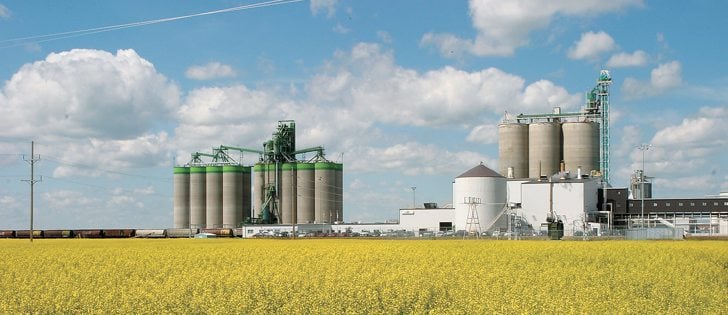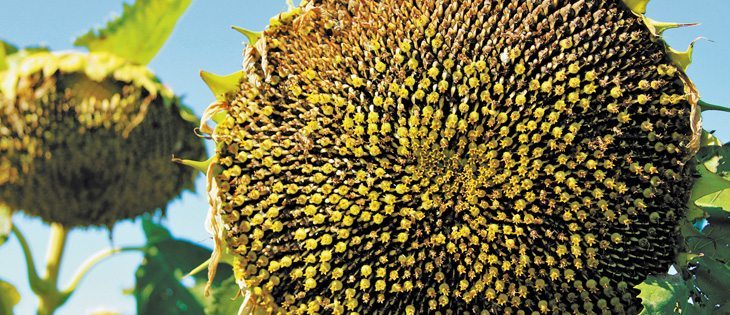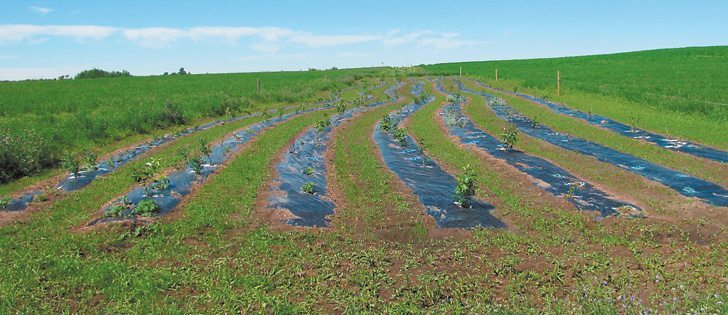Seeding is mostly complete now and traders want to know if, despite the rain, farmers were able to seed as much as they hoped this spring.
We’ll know better June 27 when Statistics Canada releases the results of its seeding survey. The survey is conducted through late May and early June.
The March seeding report showed farmers intended to increase seeded acres and slash summerfallow area because of drier soil and strong crop markets.
However, since then there has been a lot of rain and so the area that could not be seeded because of excess moisture might be more than initially expected, although likely well down from the last two years.
Read Also

Phosphate prices to remain high
Phosphate prices are expected to remain elevated, according to Mosaic’s president.
What is lost through reduced acreage, though, could be made up in higher yields.
The yield prospect is good if we get warm sunny weather in July, allowing crops to make use of the good soil moisture.
In the United States, the situation might be the reverse.
Dry, hot weather in the Midwest is weakening corn ratings. The weekly assessment of corn now puts the portion considered good-to-excellent at 63 percent, down from 66 percent the previous week and 70 percent last year at the same time.
This throws into doubt the U.S. Department of Agriculture’s projection of a record 166 bushel per acre average corn yield.
A Reuters poll last week said the average of private analysts’ yield projections was 161.5 bu. per acre.
Based on that yield and the USDA’s projected corn harvested area of 89.1 million acres, American farmers would produce 14.39 billion bu., down from the department’s projection of 14.79 billion but still a record large crop and one that would move ending stocks back to a more comfortable level.
However, private analysts Informa Economics said last week that it thinks American farmers seeded more corn than the current USDA number.
Informa’s number is 860,000 acres more than the USDA’s.
So, using a harvested acreage of 90 million acres and a yield of 161.5 per bu. gives us a crop of 14.535 billion bu., providing even more comfort.
Informa’s number came out June 15 and helped cause new crop corn prices to fall about two percent.
However, the corn market regained all that ground and more June 18 on growing worries about continuing hot weather and relief when the Greeks voted for pro-bailout parties in the weekend election.
As the dry heat continues in the Midwest, even guesses of 161.5 bu. per acre could be high. Average yield last year was 142.7 bu. and in 2010 was 152.8.
If the average yield falls to the mid-150s, that will mean no stock rebuilding and higher prices to ration demand.
Because corn is the foundation of all grain prices, it also lifts other crops if it rises.
Support for wheat prices also came from Australia last week. It said dry weather in Western Australia has limited yield potential. It forecast its wheat crop at 24.1 million tonnes, down from the March forecast of 26 million tonnes and last year’s crop of 29.5 million.
Australia’s barley production was forecast to fall by 15 percent to 7.3 million tonnes, while canola output was seen up four percent to 2.9 million tonnes.
China also trimmed its crop outlook last week. It pegged all wheat production at 118 million tonnes, down from last year’s 120.3 million because of wet weather that promoted fungus disease.
It said its quality would also suffer from the disease and promptly confirmed the problem by buying 110,000 tonnes of U.S. soft red winter wheat, its largest purchase of that category in eight years .
However, these forecast reductions were partly offset by signs of improving production in Europe.
After shrinking its European crop forecasts for the past two months, Strategie Grains last week increased its outlook for soft wheat production by 1.5 million tonnes to 124.2 million tonnes.
That would still be down four percent from last year’s 128.8 million tonne crop.
The analysis company said recent good weather had supported yields.
It increased the barley outlook by 500,000 tonnes to 53.2 million tonnes, which is up three percent from last year’s 51.6 million tonnes.
The corn crop was pegged at 66 million tonnes, up 400,000 tonnes from last month and now almost equal to 66.2 million tonnes in 2011.
Strategie Grains raised the durum crop by 300,000 tonnes to 7.9 million tonnes, citing reports of good quality from initial harvesting in Spain and southern Italy.














